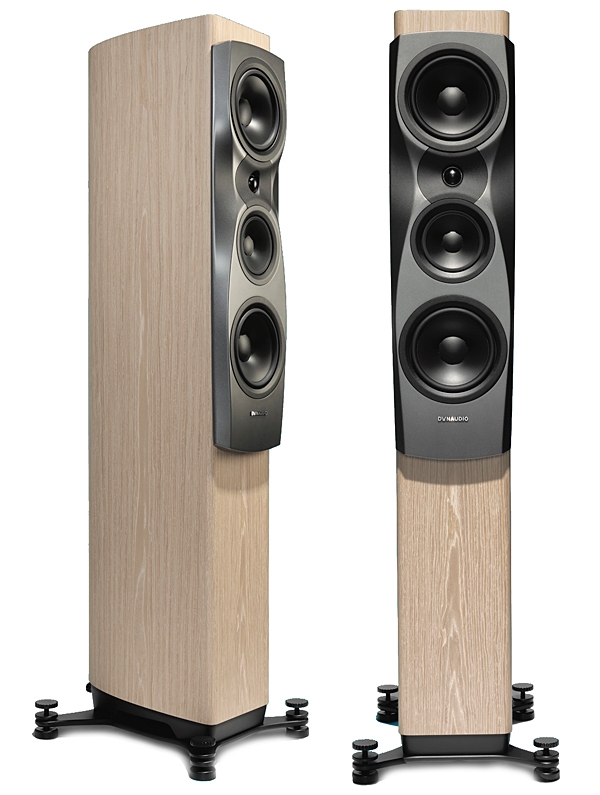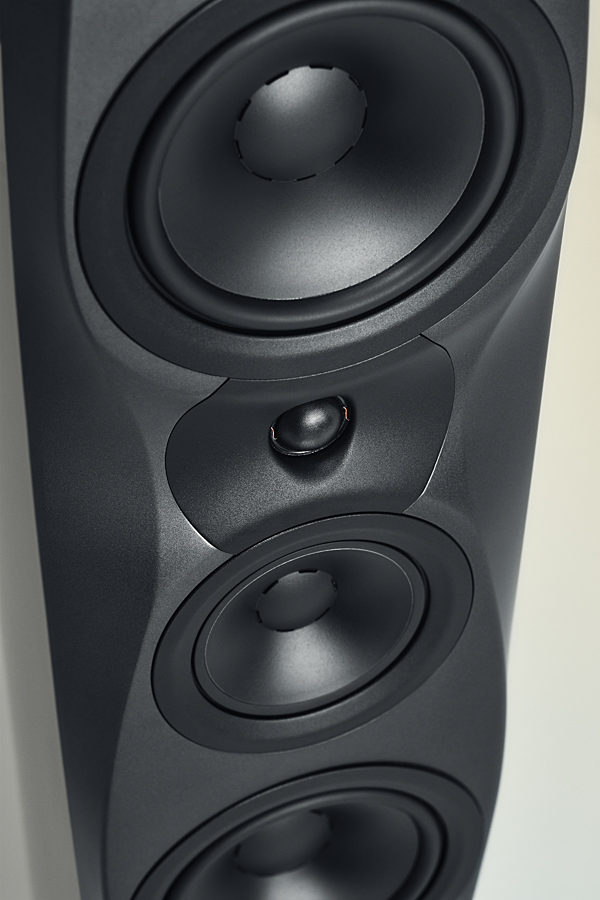| Columns Retired Columns & Blogs |
I greatly appreciate your decision to talk about break in vs. 'listener accommodation.'
Very much neurologically pitch perfect!
Kudos.
Now, if only my budget was of the same high quality as your review!
If this product is Major League....or more like Triple A, given its place in their product lineup, that puts me at Single A...minor league!














































